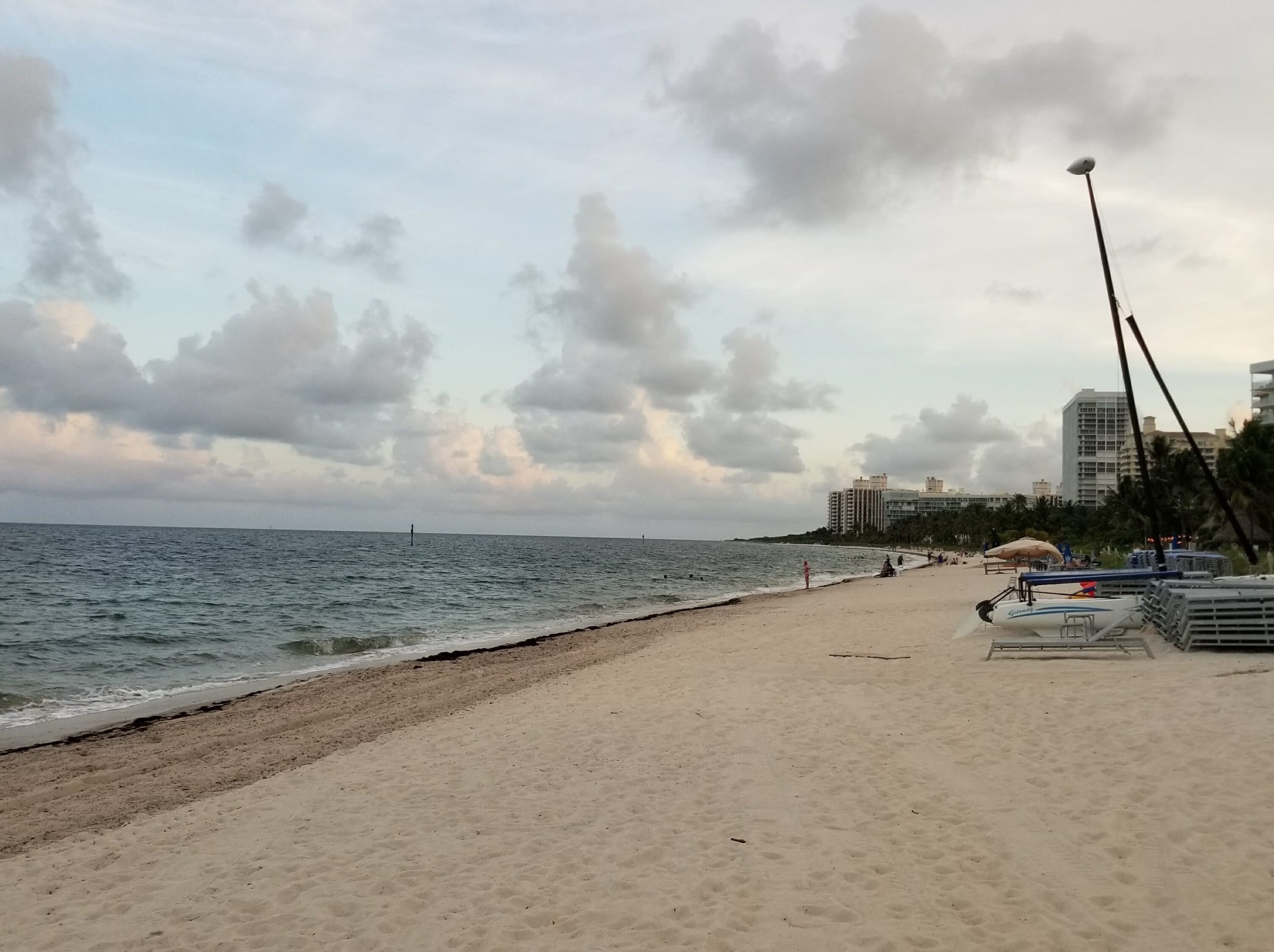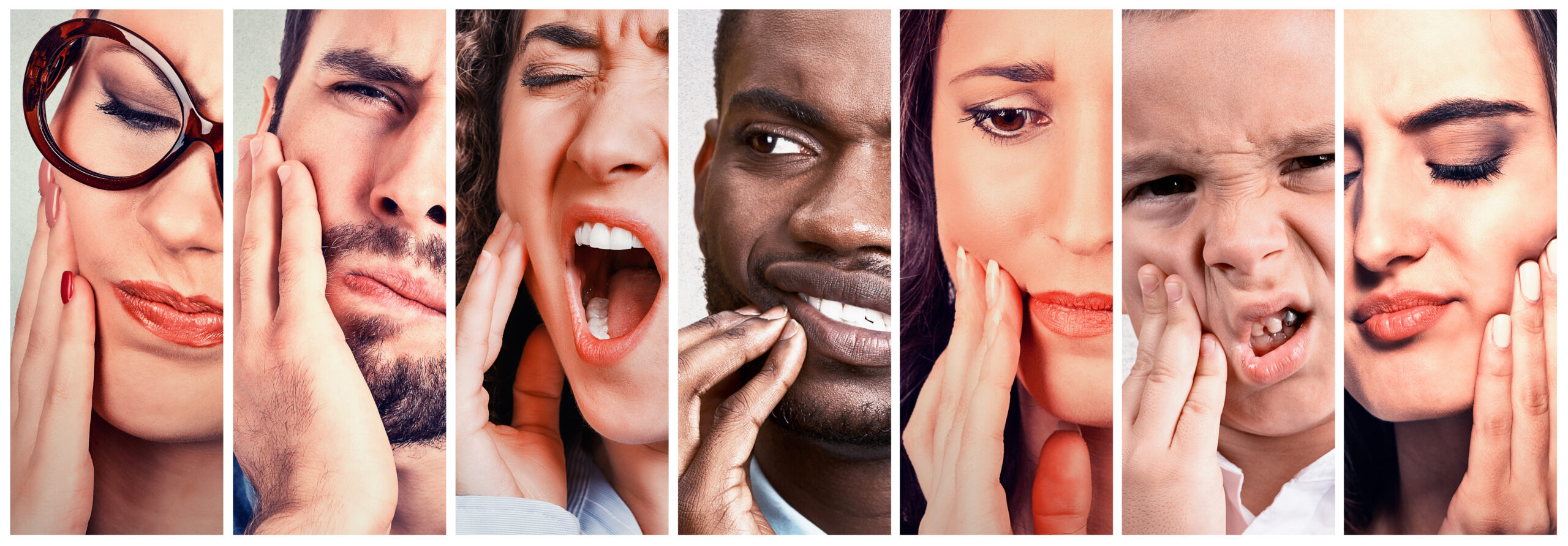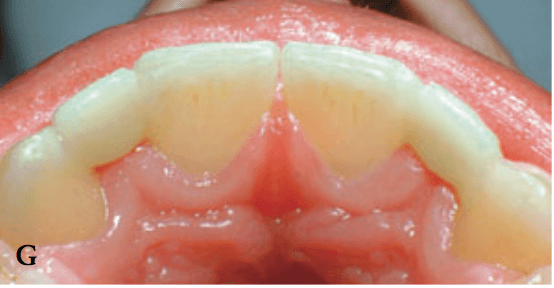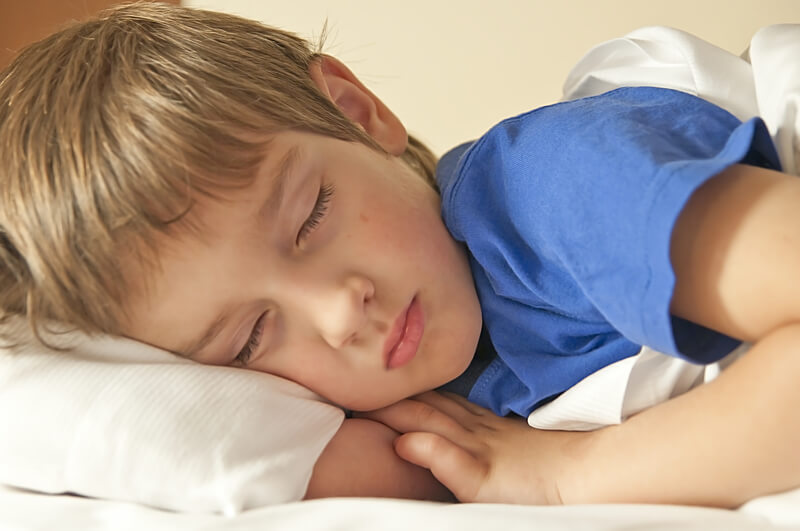3 Ways to Relax & Enjoy on Key Biscayne
Pankey just so happens to be located on a beautiful island off the coast of Miami: Key Biscayne. For many, the Key is an ideal tropical escape. It’s small enough to walk around on foot, but large enough to accommodate many cuisine and activity options.
There are gorgeous beaches, world-class restaurants, stunning mansions, and luxury resorts spread along a five mile stretch of palm-tree dotted land. Connected to mainland Miami by the Rickenbacker Causeway, you’ll feel yourself entering a different world as you leave congested city streets for the laid back island vibe.
We’ve already given you some ideas for the best Cuban food to sample while you’re attending a CE course at Pankey. Now, we’ve put together a simple guide you can take advantage of to get the most out of your trip.
3 Things to Do in Key Biscayne
1. Go to the Beach
When we say go to the beach, there really are a hundred different ways you could do this on Key Biscayne alone. One of the best is to extend your stay at Pankey into a mini-vacation and book a room at the local Ritz-Carlton. They have a delightful beach to lounge on for a relaxing getaway.
2. Visit Bill Baggs Cape Florida State Park
This state park is gorgeous and fascinating, along with having a great beach. You can explore the historic lighthouse and learn more about the area’s thriving wildlife. You can also go kayaking, snorkel, hike, and much more.
3. Shop in the Sunshine
There are multiple locations on Key Biscayne to shop for upscale clothing or unique items. On top of that, stores tend to be nestled right next to incredible restaurants like Origins Asian Bistro. Key Colony Plaza is one example of the intimate, classy shopping centers scattered around the island.
What do you love about traveling for CE courses? Please leave your thoughts in the comments!
Related Course
E2: Occlusal Appliances & Equilibration
DATE: July 21 2024 @ 8:00 am - July 25 2024 @ 2:30 pmWhat if you had one tool that increased comprehensive case acceptance, managed patients with moderate to high functional risk, verified centric relation and treated signs and symptoms of TMD? Appliance…
Learn More>










